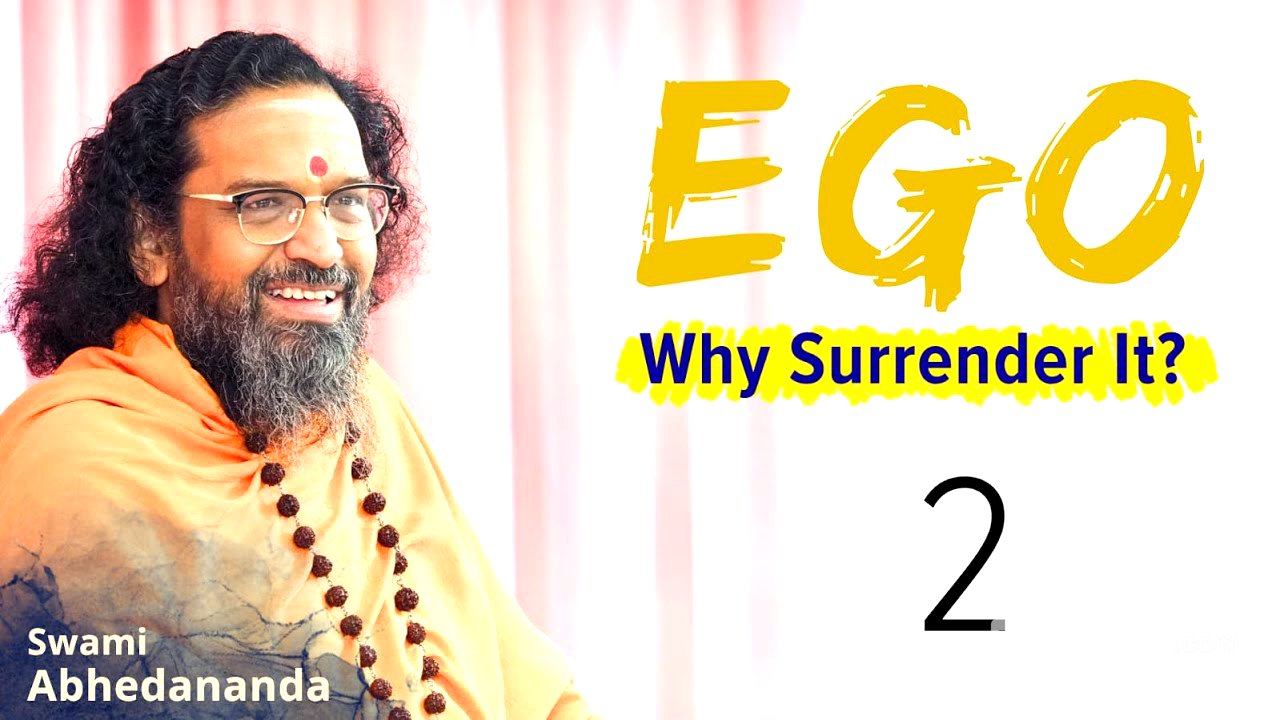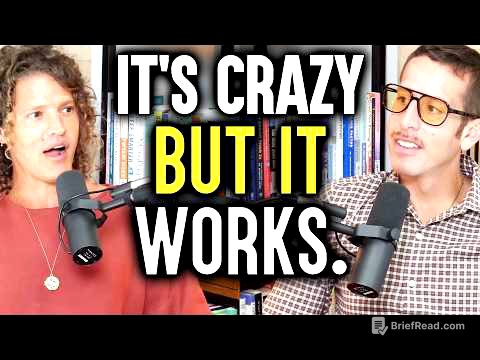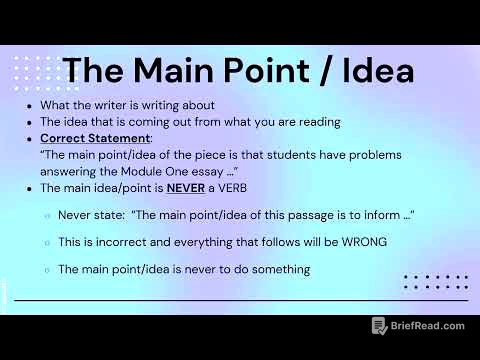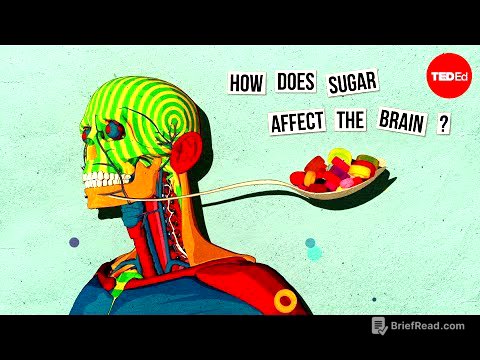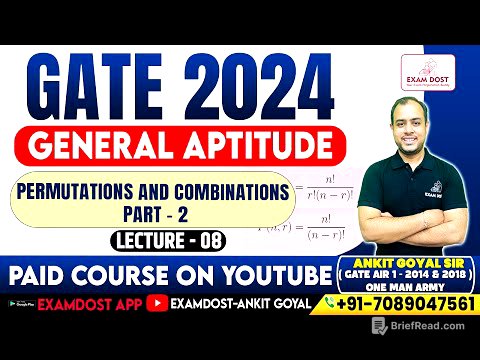TLDR;
This video features a discourse on the nature of love, devotion, and the obstacles that prevent one from experiencing infinite love. It emphasizes that true love is infinite and directed towards the divine, the self, and the universe, rather than being confined to finite objects or individuals. The discourse also explores the concepts of bad intellect, collective ego, and the importance of prioritizing devotion and faith in God.
- True love is infinite and should be directed towards the divine, the self, and the universe.
- Obstacles to experiencing infinite love include bad hopes, bad intellect, and collective ego.
- Prioritizing devotion and faith in God is essential for overcoming these obstacles and experiencing true happiness.
Introduction [0:08]
The video begins with devotional music and chants, setting a spiritual tone for the discourse. The chants include praises to various deities, such as Ganesha, Saraswati, Shiva, and Rama, invoking their blessings and creating a sacred atmosphere.
The Nature of Love [9:01]
The speaker introduces the central theme: the problem in life is misunderstanding the nature of love. People often limit their love to finite beings and things, leading to sorrow. True love, however, involves becoming one with someone or something, influenced and controlled by it. Love is identified with concern for another's happiness and sorrow. Even hatred is a form of love, directed towards others' mistakes. Love is not just one of many emotions but a single emotion seen in different forms, such as compassion, kindness, and even ego. Attachment arises when great love is misapplied to something smaller, leading to possessiveness.
The Pitfalls of Limited Love [13:58]
The speaker warns against loving something small, as it can lead to serious problems when that thing disappears or belongs to someone else. Loving the small creates a sense of dependence and insecurity. The speaker shares anecdotes about "broken hearts" and the futility of seeking happiness from limited sources like houses or material possessions. True love must be infinite, directed towards the infinite soul and God, not confined to a person, place, or object.
Infinite Love and the Virat [18:31]
The discourse emphasizes that love must be infinite because it deals with the infinite God. Love for God should be constant and all-encompassing. This infinite love should extend to oneself and the Virat, which represents the entirety of existence. The speaker explains that loving others as part of the Virat saves one from the pitfalls of limited love. By recognizing the divine in everyone and everything, one can avoid insecurities and frustrations.
Obstacles to Infinite Love: Taraka (Bad Hope) [25:19]
The speaker identifies four obstacles to experiencing infinite love, drawing from the Ramayana. The first obstacle is Taraka, representing bad hopes or desires. This involves seeking eternal love from finite sources, leading to disappointment. The speaker advises against asking for love from others because true love comes from within, from a love for the real self, which is infinite God and consciousness.
Obstacles to Infinite Love: Ahalya (Bad Intellect) [37:16]
The second obstacle is Ahalya, representing bad intellect or corrupted wisdom. The story of Ahalya and Indra is recounted to illustrate how lust and indulgence can destroy one's discriminative capacity. Ahalya represents the fault of prioritizing worldly things like fame, son, house, and position over spiritual values. The speaker warns that there is no security in the world that is not embedded with insecurity, and no joy without potential sorrow.
The Curse and Redemption of Ahalya [51:12]
The principle of the curse is explained as a transformation into an old figure, representing the harsh instinct that deprives one of true wisdom. The curse on Ahalya, turning her into a stone, was not meant as punishment but as a means to remember Rama and abandon hedonism. The stone represents a state where the intellect is destroyed, and only the desire for happiness remains. The speaker emphasizes the importance of seeking the lotus dust of God's feet, representing grace and love.
Obstacles to Infinite Love: Shiva's Bow (Collective Ego) [1:02:04]
The third obstacle is Shiva's bow, representing collective ego. The speaker explains that the marriage of Ram and Sita symbolizes the merging of power with the powerful God. All power belongs to God, and the goal is to dedicate one's power to the divine. The speaker cautions against running after power without Shaktimaan (the powerful God), as it can lead to madness and corruption.
The Breaking of the Bow and the Vision of God [1:13:24]
The scene of Ram entering Janakpuri and the breaking of Shiva's bow is described. The speaker emphasizes that God comes to those who have a thirst for the divine, like Sita. The breaking of the bow symbolizes the overcoming of collective ego and the realization of God's power. The speaker highlights the importance of seeing God in everything and using the world for worship, not just enjoyment.
The Vision of Ram and Sita [1:16:34]
The speaker describes the beauty of Ram and Sita, emphasizing their divine qualities. People saw them differently based on their nature and attitude. Saints saw God, while others were filled with fear or longing. The speaker highlights Sita's modesty and devotion, and Ram's seriousness as a Guru's devotee. The discourse concludes by emphasizing the importance of focusing on divine love and marrying all the power in one's life to Shaktimaan (the powerful God).
